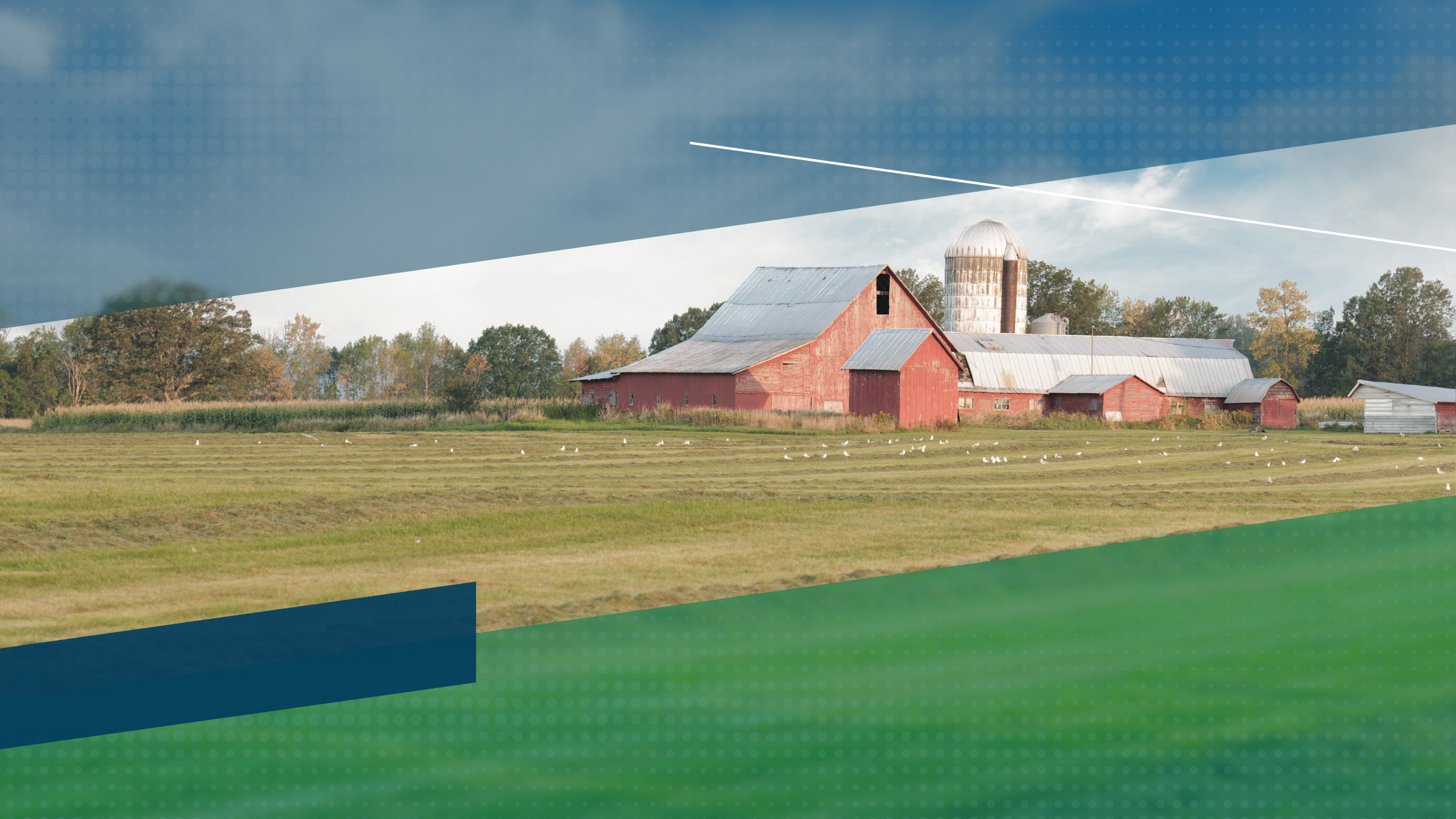Farm income is still falling; however, most other financial measures have held steady or improved slightly, according to the Minneapolis Fed’s first-quarter (April) agricultural credit conditions survey. Land values are higher in almost all categories, and interest rates on loans did not change much from the last quarter. The outlook for the second quarter of 2010 is also slightly positive with all states in the district expecting unchanged levels of net farm income and farm household spending. In addition, all states except Montana expect consistent levels of farm capital spending.
Farm income, household spending and capital investment
“2009 was much less profitable than the previous two years for most of our farmers,” said a South Dakota lender. Thus, it is not surprising that 50 percent of lenders that responded to the survey indicated that farm income was down, while only 17 percent reported increased income. A North Dakota lender said that “lower protein wheat has reduced expected farm income.” Both household and capital spending were unchanged across the district, except in Montana, which reported reduced capital investments similar to last quarter.
Loan repayments and renewals
Agricultural producers are still delaying repayments or extending loans. A quarter of the lenders (29 banks) reported lower loan repayments, while less than 9 percent (10 banks) reported higher levels. Similarly, almost a quarter of the lenders reported a higher number of extensions, with the majority of the remaining lenders reporting no change.
Demand for loans, required collateral and interest rates
The demand for loans was flat across Minneapolis and North Dakota, but was up in both Wisconsin and South Dakota. In Minneapolis, a lender reported that “farmers are asking [for] less borrowing from banks because farm income was excellent in the last two years.” In Wisconsin, 44 percent of lenders responding to the survey reported an increase in demand for loans, while only 22 percent reported a decrease. The amount of required collateral was up just slightly across the district, with 17 percent of responding lenders reporting an increase and the rest reporting no change. For the second quarter in a row, no banks reported refusing a loan because of fund shortages. Fixed operating and machinery interest rates did not change from fourth quarter 2009, but variable operating interest rates increased by 10 basis points, and both fixed and variable real estate interest rates decreased by 10 basis points.
Cash rents and land values
Average cash rents and land values were up in all categories except rented ranchland. Irrigated farmland values increased by almost 6 percent from a year ago and 2 percent from last quarter. The increase was most dramatic in North Dakota, where irrigated farmland increased in value by 28 percent from a year ago. For the district, average nonirrigated farmland values were up 5.3 percent over last year, but were down in Wisconsin and Montana (3.2 and 1.8 percent, respectively). Average cash rents for ranchland are down 6.4 percent from last quarter and 4.5 percent from last year.
Outlook
Moisture conditions are of concern. A lender from South Dakota reported that “very wet conditions and flooding continue to impact the 2009 corn harvest and will impact spring planting unless we have an extended dry period.” However, with the exception of farmers’ income, expectations for the second quarter of 2010 are not bad. Over 40 percent of lenders in all states, excluding North Dakota, expect farm income to decrease next quarter; however, capital expenditures and household spending are expected to remain the same. Loan demand, loan renewals and the amount of required collateral are also expected to remain unchanged in the second quarter.
Appendices:






